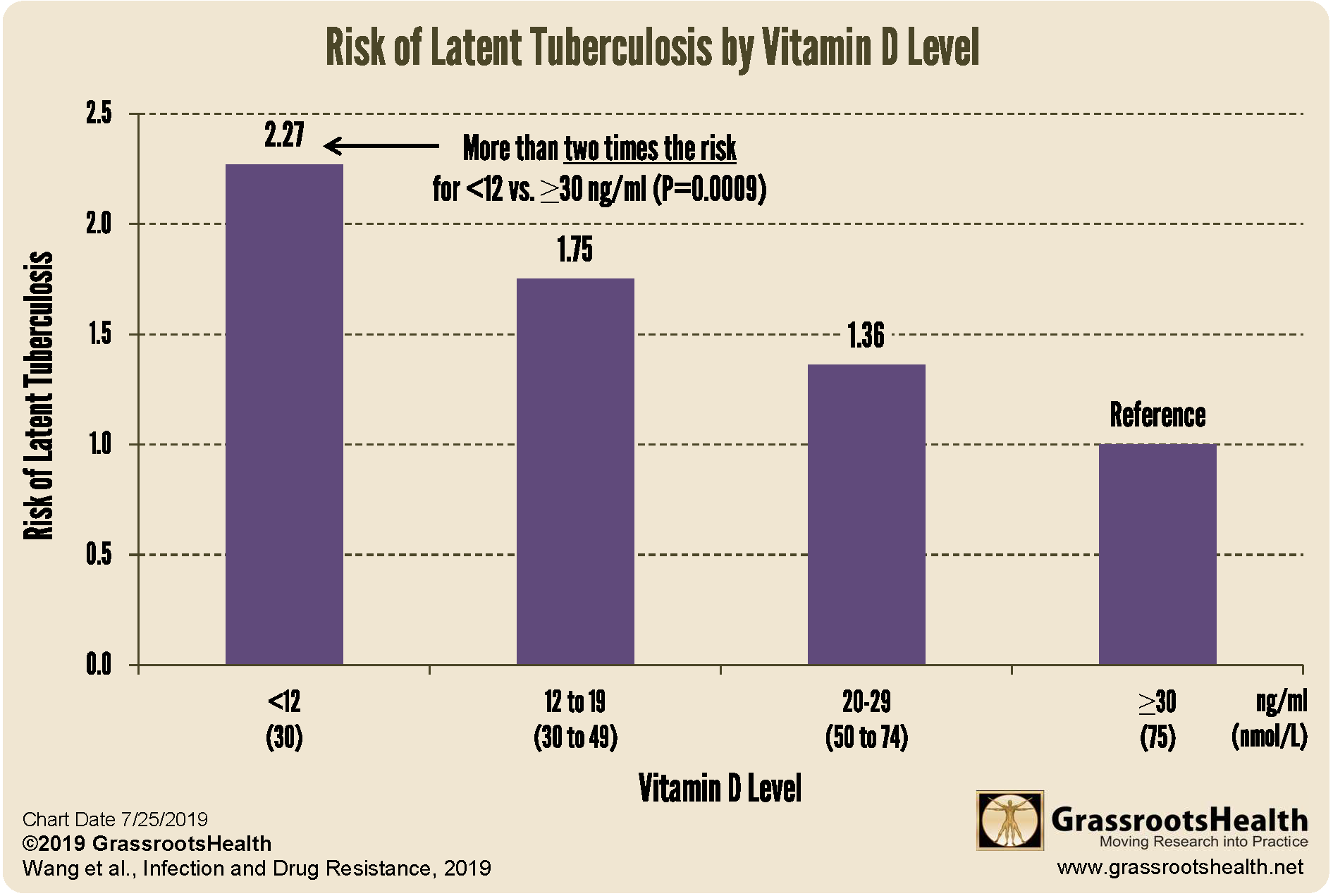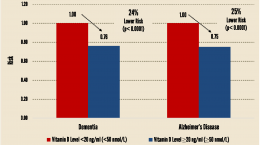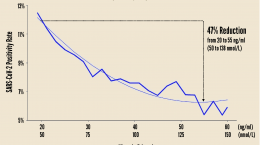Published on July 30, 2019
Tuberculosis is one of the world’s most pervasive and deadly communicable disease with more than 10 million new cases and about 1.5 million deaths every year. Approximately one-third of the world’s population has latent tuberculosis infection, which means they carry the disease but do not have symptoms and cannot transmit it to others. Of those, 10% will develop active tuberculosis in their lifetime.
 This month (July 2019), results from a study assessing the association between latent tuberculosis and vitamin D status were published. This study used 6,083 participants from the National Health and Nutrition Examination Survey (NHANES), which collects health information from a representative sample of individuals living in the United States.
This month (July 2019), results from a study assessing the association between latent tuberculosis and vitamin D status were published. This study used 6,083 participants from the National Health and Nutrition Examination Survey (NHANES), which collects health information from a representative sample of individuals living in the United States.
What were the findings of the study?
The researchers found that those with latent tuberculosis had a lower average vitamin D level than those without the disease (25 vs. 28 ng/ml, P=0.0012). Those with the lowest vitamin D levels (less than 12 ng/ml) had more than two times the risk compared to those with the highest vitamin D levels (30 ng/ml or higher) (P=0.0009).
This association was adjusted for other risk factors such as gender, age, race, poverty, education, birthplace (US or foreign), BMI, diabetes, and high cholesterol.
Are you getting enough vitamin D?
Testing your vitamin D level regularly and taking daily steps to keep it at a target level of 40-60 ng/ml (100-150 nmol/L) is important for all stages of health. Find out your levels today! Log on to the shop (click the link below) to get your tests and see for yourself if your level can be improved.
Make sure you track your results before and after, about every 6 months!
How can I track my vitamin D intake and levels over time?
To help you track your supplement use and nutrient levels, GrassrootsHealth has created an online tracking system called myData-myAnswers. For each specific supplement, you can track what days you take it, how much, and many other details. This will help you know your true supplemental intake and what patterns of use work for you to reach and maintain optimum nutrient levels. Check it out today!







